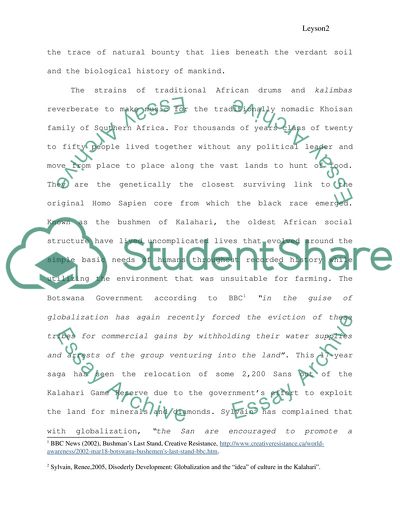Cite this document
(Indigenous People: Rights and Identities Article, n.d.)
Indigenous People: Rights and Identities Article. https://studentshare.org/history/1703788-indigenous-peoples-identities-rights-in-the-21st-century
Indigenous People: Rights and Identities Article. https://studentshare.org/history/1703788-indigenous-peoples-identities-rights-in-the-21st-century
(Indigenous People: Rights and Identities Article)
Indigenous People: Rights and Identities Article. https://studentshare.org/history/1703788-indigenous-peoples-identities-rights-in-the-21st-century.
Indigenous People: Rights and Identities Article. https://studentshare.org/history/1703788-indigenous-peoples-identities-rights-in-the-21st-century.
“Indigenous People: Rights and Identities Article”. https://studentshare.org/history/1703788-indigenous-peoples-identities-rights-in-the-21st-century.


